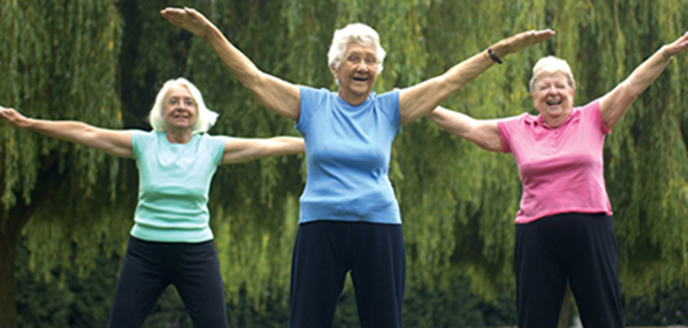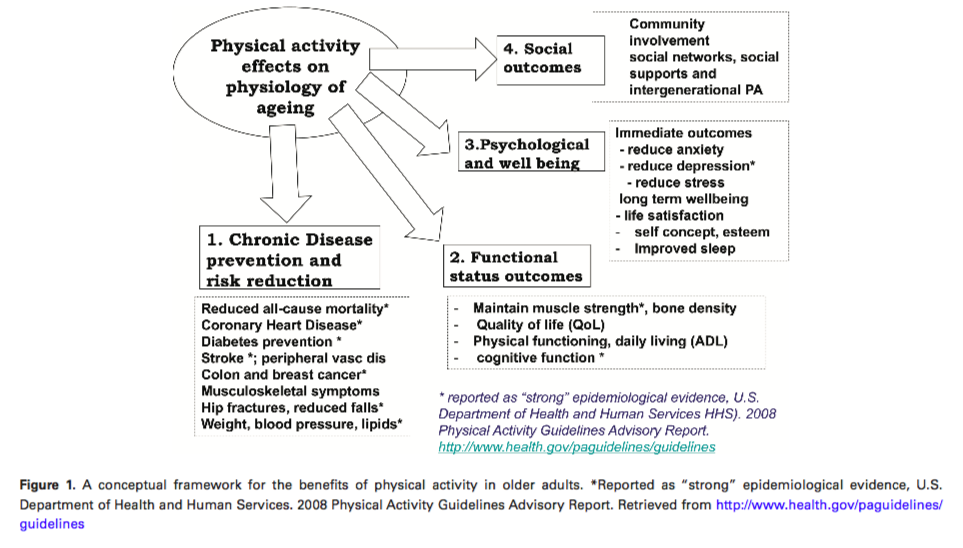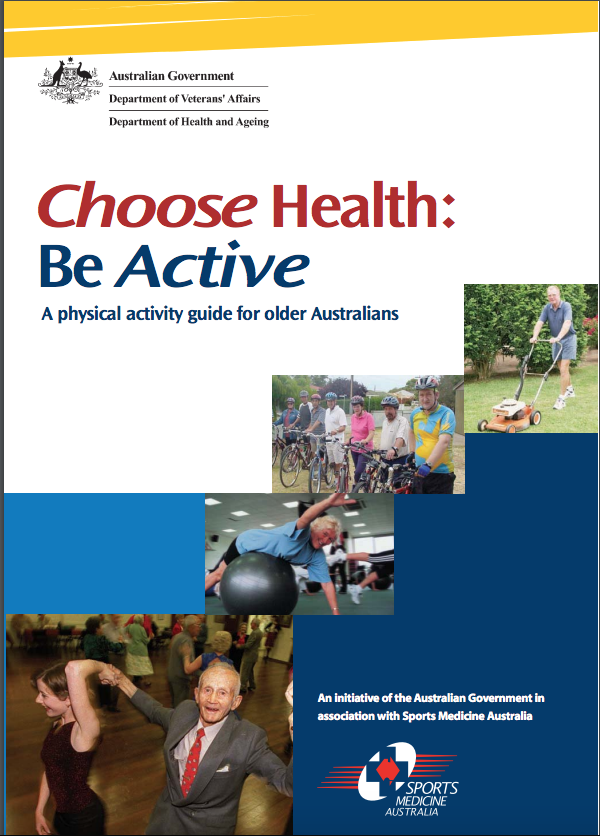“The “Global Recommendations on Physical Activity for Health” address three age groups: 5–17 years old, 18–64 years old and 65 years old and above. These age groups were selected taking into consideration the nature and availability of the scientific evidence relevant to the prevention of noncommunicable diseases through physical activity” (WHO)

- When older adults cannot do the recommended amounts of physical activity due to health conditions, they should be as physically active as their abilities and conditions allow.
- Strength training may lead to modest increase aerobic capacity in older adults (Liu and Latham 2009)
- Note: training should be at least 55-65% of maximum heart rate for 20-60 minutes for 3-5 days per week to increase cardiorespiratory fitness (ACSM 1998)
See our page on ‘strength after Sixty’
For physical activity recommendations for older adults, see here.
Typically, ageing in older adults has focused on the prevention of chronic disease. However, measures are being taken to promote and reduce the frailty, and improve the independence, cognitive function and mental health of older adults (Bauman, 2017) with data from the National Institute on Aging (2011) suggesting >95% of older adults prefer to stay in their own homes.
Below is a conceptual framework for the benefits of physical activity in older adults.
Resistance training has shown similar benefits for older adults in maintaining or increasing muscle mass, mitigating the effects of muscle loss with ageing. See our strength after 60.




